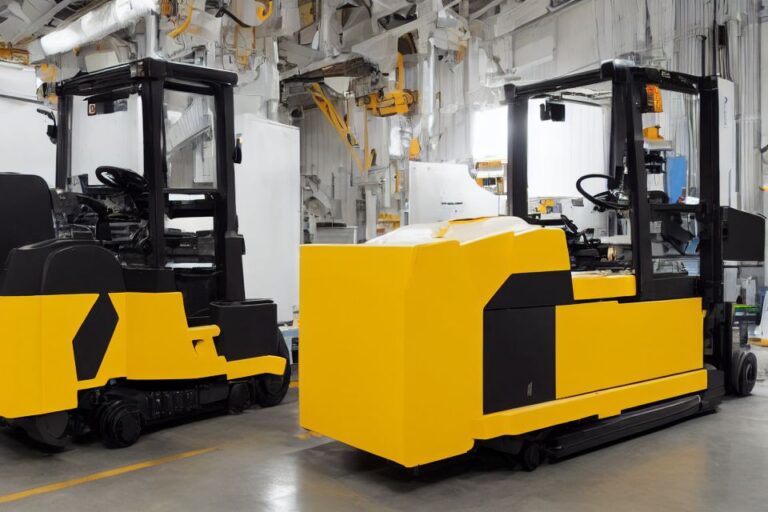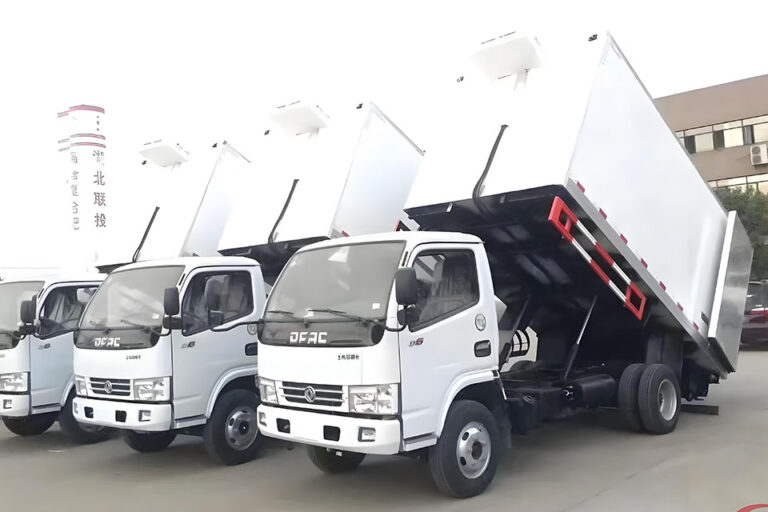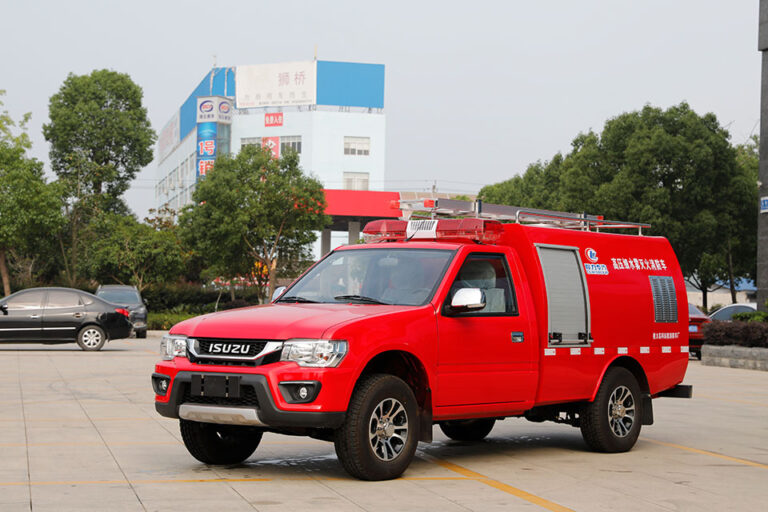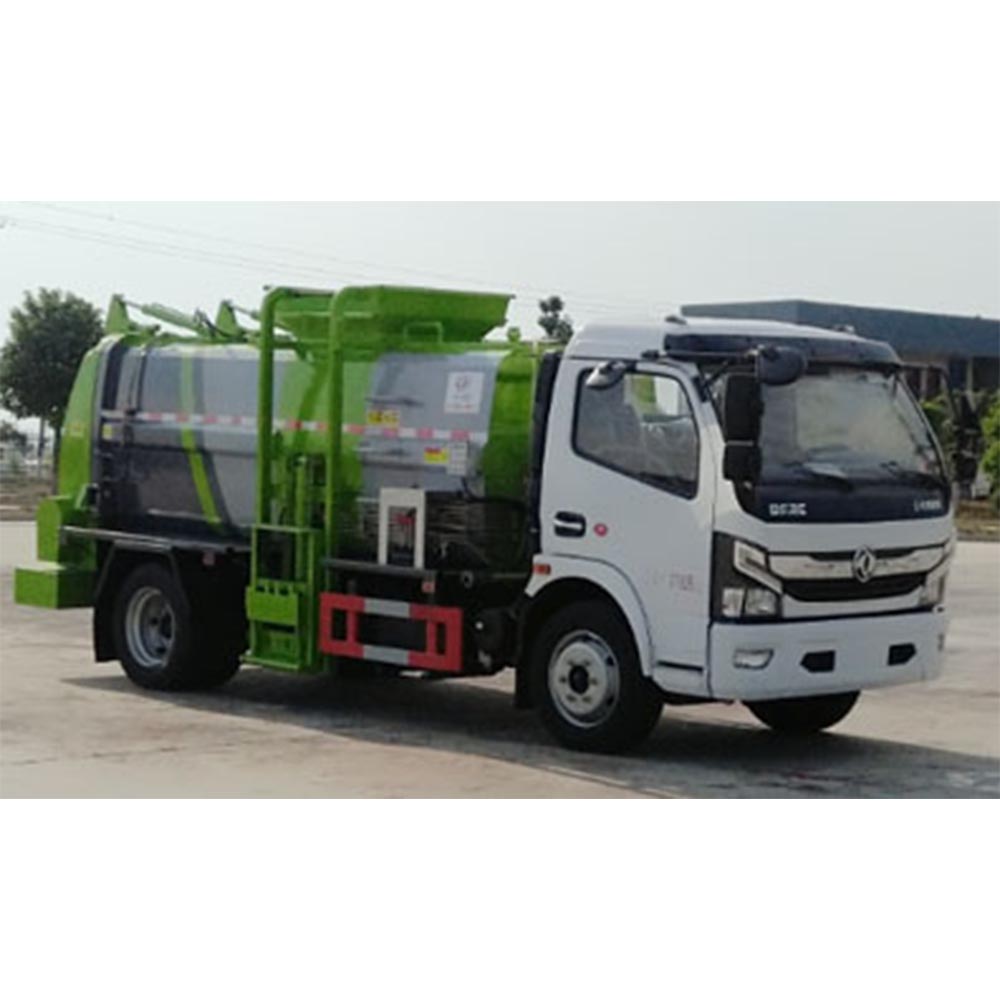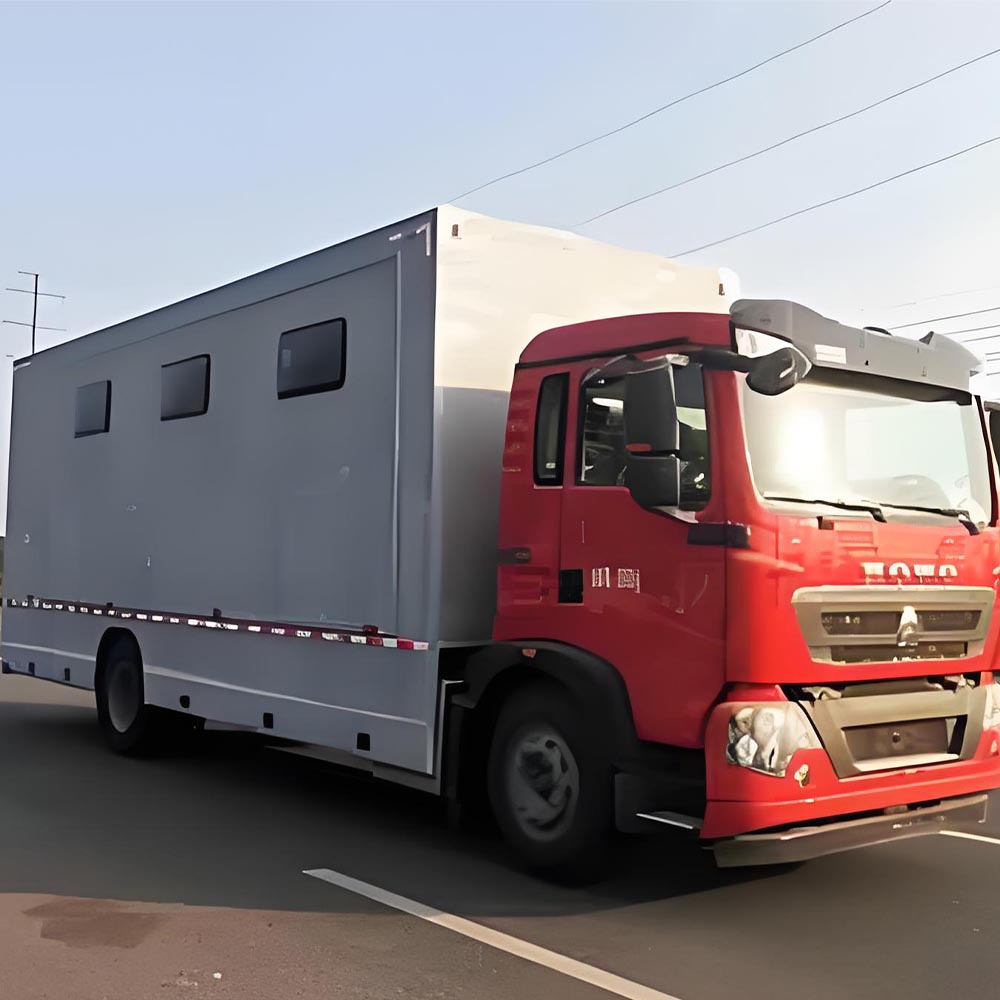-
Chengli Automobile Industry Park

What are the disadvantages of truck mounted cranes?
What Are the Disadvantages of Truck-Mounted Cranes?
Truck-mounted cranes help many jobs get done. But they have problems too. This article looks at what makes these cranes hard to use sometimes. We will look at their limits and when they might not be the best tool for your job.
Table of Contents
Key Disadvantages of Truck-Mounted Cranes
Limited Lifting Capacity
Truck-mounted cranes cannot lift as much as other cranes. Most can only lift between 15 and 50 tons. This is much less than what crawler cranes can lift. They lift about 30% less weight than similar crawler cranes.
When you need to lift very heavy loads, a truck-mounted crane might not work for you. You may need to look at other types of mobile cranes that can handle more weight.
Terrain and Stability Challenges
These cranes have trouble on soft or uneven ground. In fact, rough-terrain truck cranes make up only 22% of the market because they are not as stable as other types.
When the ground is not flat or firm, these cranes need 15-20% more time to set up than all-terrain cranes. This makes work slower and can cause safety risks if the crane tips or sinks into soft ground.
Space Constraints in Confined Areas
Even though folding boom truck-mounted cranes try to be flexible, they still have 30% reduced efficiency in tight spaces. Their design makes them big and bulky, which is a problem in busy or small work areas.
The truck base needs room to park and set up outriggers. This can be hard in crowded city job sites where space is limited.
High Maintenance Demands
Maintenance costs for truck-mounted cranes go up by 12-18% each year. This happens because of:
- Hydraulic system failures
- Boom wear and tear
- Truck chassis problems
Big crane makers like Liebherr and Tadano report that these cranes spend about 25% of their time being fixed instead of working. This downtime costs money and delays projects.
Weather and Environmental Sensitivity
These cranes do not work well in bad weather. Wind, rain, and extreme temperatures can make them less safe and efficient.
The boom and hydraulic systems are at risk in harsh environments. This can cause corrosion and other damage that makes the crane break down more often.
Transportation and Setup Limitations
Setting up and taking down a truck-mounted crane takes more time than using a fixed crane. This makes them less efficient for jobs that need quick changes.
The size of the crane also makes it hard to move big loads on roads. This limits what jobs they can do and where they can go.
Comparison With Other Types of Cranes
| Crane Type | Main Disadvantages vs. Truck-Mounted | When to Choose Instead |
|---|---|---|
| All-Terrain Cranes | Better off-road ability, faster on rough ground | When working on uneven surfaces |
| Crawler Cranes | More stable for heavy lifts, better reach | For very heavy loads or high reaches |
| Tower Cranes | Can handle much heavier loads, better for tall buildings | For long-term construction projects |
When to Avoid Using a Truck-Mounted Crane
You should think about using a different type of crane when:
- Your job needs very precise lifting or high vertical reach
- You need to do many heavy lifts over a long time
- The work area has very rough terrain without good roads
- You need to lift more than 50 tons regularly
As one expert says: “Each crane configuration has its unique set of advantages and disadvantages. Consider your specific requirements before choosing.”
Problems and Solutions
| Disadvantage | Impact on Projects | Possible Solution |
|---|---|---|
| Limited lifting capacity | Cannot handle very heavy loads | Use other crane types for heavier lifting |
| Terrain limitations | Unstable on soft/uneven ground | Add ground mats or choose all-terrain models |
| High maintenance costs | Increased downtime (25%) | Regular preventive maintenance schedule |
| Space constraints | 30% reduced efficiency in tight areas | Consider folding boom designs for small spaces |
| Weather sensitivity | Reduced safety in wind/rain | Plan work around weather forecasts |
| Fuel inefficiency | 20-30% higher fuel consumption | Consider newer hybrid or electric models |
Fixing Common Crane Problems
You can make truck-mounted cranes work better by:
- Regular maintenance to prevent breakdowns
- Using stabilizers and ground mats on uneven ground
- Training operators to understand load charts and safety rules
- Picking the right size crane for your specific job
- Planning ahead for weather and space limitations

Conclusion
Truck-mounted cranes have important drawbacks that you should know before using them. Their main problems are limited lifting capacity, terrain sensitivity, and high maintenance costs.
Before choosing a truck-mounted crane, think carefully about what your project needs. Sometimes, a different type of crane might work better for your specific job.
Understanding these disadvantages helps you make better choices about what equipment to use. This saves time, money, and makes your job site safer.

